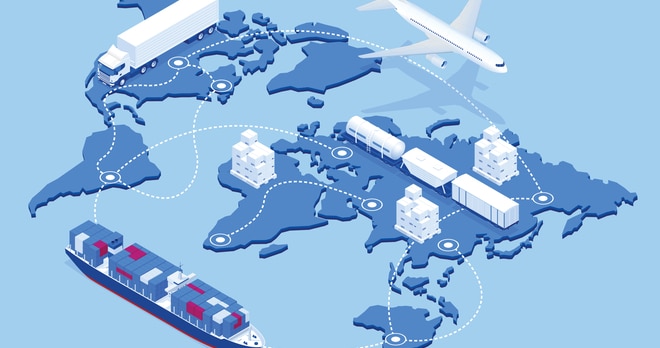Post-Merger Integration: How effective supply chain integration can help maximise the deal value

However according to the Harvard Business Review between 70% and 90% of acquisitions fail.
Why so many?
The M&A integration process is often overlooked by not giving it the care and attention it deserves or as merely an afterthought. This is often the contributing factor for failed deals.
McKinsey reported that “of the 638 merger management professionals surveyed by them, only 25% reported consistently achieving both their cost and revenue synergy goals”.
Why is M&A integration overlooked?
Professor Scott Moeller, Director of the M&A Research Centre at The Business School, explored in his white paper the psychological aspects particularly the unconscious influences that impact decision making.
Could over-confidence and the illusion of control be derailing buyer’s post-merger integration journey and failing to deliver the true value of the deal? In short, yes. Professor Scott Moeller highlights in his white paper that “people are overly optimistic and have an unrealistically rosy view of their own abilities and prospects”.
Supply Chain impact
In our previous article in this series we discussed the importance of M&A integration and key challenges. We now explore the impact of effective integration with the supply chain.
Effective supply chain management and integration can play a pivotal role in delivering synergies that can help achieve cost savings, deal objectives and manage the mitigation of any risks. In the current global economic environment, facing any sort of disruption in the supply chain can have the potential to cause severe disruption to businesses.
Bharti Moore, Senior Associate in RWK Goodman’s Corporate team comments “this is especially relevant today, as the UK has now left the EU and the coronavirus pandemic is likely to be felt for many years to come. Managing supply chain integration effectively is more important than ever. The strategic aalignment of policies and supply chain management will be essential for the post-merged organisation to run smoothly and embrace best practices. Buyers and investors will be looking to ensure that the companies that they invest in have strong and sustainable supply chains”.
Synergy opportunity
The start of the integration process would be a good time for buyers to consider the economies of scale, improve customer service and processes and end-to-end network design within the supply chain. The exercise is likely to focus minds on legacy and perhaps inefficient processes, thereby allowing buyers to find ways to re-structure and optimise the supply chain more efficiently. Effective supply chain integration can help the buyer realise cost and operational synergies early on in the process, which can go a long way in capturing benefits of the deal value.
Tom Flavell, Planning Manager at Melton Foods, comments “in terms of supply chain integration for companies in the food production sector there are a number of benefits that can be exploited. Throughout the processes from field to fork it is about creating value. That can be cost or waste reduction through collaboration, exploiting economies of scale within the group companies and along with similar companies. Moving away from the traditional buyer/seller relationship and using strategic relationships with key suppliers with a level of transparency will allow you to react quickly to market changes. With everyone aligned, efficiencies and streamlining can ripple throughout the chain and bring about higher profit margins for everyone”.
Risk mitigation
- Buyers should be considering how they can co-ordinate and communicate changes with customers and strategic suppliers. The integration process can be a very good opportunity to build stronger relationship with customers and suppliers.
In recent years, there has been greater emphasis on companies to review the anti-bribery and human rights risks that may occur in their business and supply chains. This issues of bribery and modern slavery risks are not limited to the UK, similar or stricter legislation are also imposed in other jurisdictions. The general consensus is that the more complex the supply chain is, then the greater the risk, in particular if the business operates in high risk sectors or jurisdictions. Post-merger is not the time to overlook the requirements.
No two companies are the same, there may be policy, procedure and culture differences when dealing with the supply chain. Fully understanding the supply chain, adopting a standard code of conduct with best practice guidance and ensure consistent messaging of the company's modern slavery policy throughout the supply chain will help to minimise the risks.
Having robust policies, procedures and integration plans to address supply chain disruptions and issues will have an enormous impact on profitability, resource planning, and customer satisfaction.
Supply chains management will be key for both the target and buyer’s day to day running of the business. Many buyers try to improve integration with some key objectives in mind, such as working toward higher profits and reduced supply chain risks. Our M&A lawyers are seeing a shift in recent deals with greater consideration to integration from the outset with the view to access to suppliers and markets which have previously been untapped by the buyer, thereby increasing their competitive advantage and maximise the deal value.